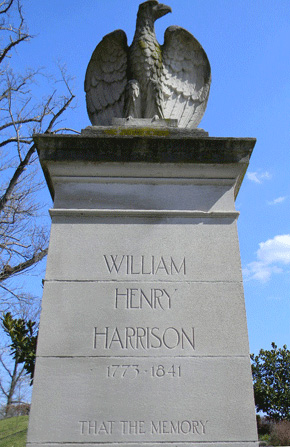GREAT MIAMI VALLEY
SAYLER PARK AND CLEVES
Take US 50 (River Road) east from downtown Cincinnati, and after several miles reach the pleasant old suburb of Sayler Park. Turn right on Wilkins Short Road for three blocks, then right on Fernbank Avenue until, across the golf course on the left will appear the large, elliptical Short Woods Park Mound. (The much larger Sayler Park Mound was nearby, but excavated and destroyed in the 1950s.)
Continue eastward on US 50 to the village of Cleves, where remains of one of the few canal tunnels in America can be seen. It was built in the early 1840s for a canal connecting downtown Cincinnati with Indiana’s Whitewater River. A historical marker near Miami and Wamsley Avenues in Cleves marks access to the partially exposed, eastern entrance of the tunnel, built with Buena Vista stone quarried far away near Portsmouth, Ohio. Only 12 such canal tunnels were built in the US, and only 4 remain; this one is gradually being restored. Leave the village of Cleves via Brower Road; just across US 50 stands the Harrison tomb and monument.
William Henry Harrison was a famous Indian fighter, and the ninth president of the United States. He first came to this area as a young military officer in the 1790s. As an aide de camp to General Anthony Wayne, he fought in the decisive Battle of Fallen Timbers, and was present at the signing of the Treaty of Greenville, which banished local Native people to land far north and west of the Ohio. Harrison served as Secretary, and Congressional Representative, of the Northwest Territory (today’s states of Ohio, Indiana, Illinois, Michigan, Wisconsin, and part of Minnesota).
Later appointed by President Adams as its Governor, Harrison encouraged white settlement, while making constant inroads on Native lands. In 1811, he led an army to victory at Prophetstown (in Indiana Territory), where people from many tribes were hoping to unite, under the Shawnee leader Tecumseh, to drive American settlers back. During the War of 1812, Harrison was in charge of defending the Northwest from English and Indian attack. After the war, he made his home in Cleves, and was elected first to Congress, and then to the U.S. presidency. Only a month after taking office in 1841, he died of pneumonia.

The Harrison monument stands on Brower Road just west of the village of Cleves, marking the tomb of the ninth president of the United States.


